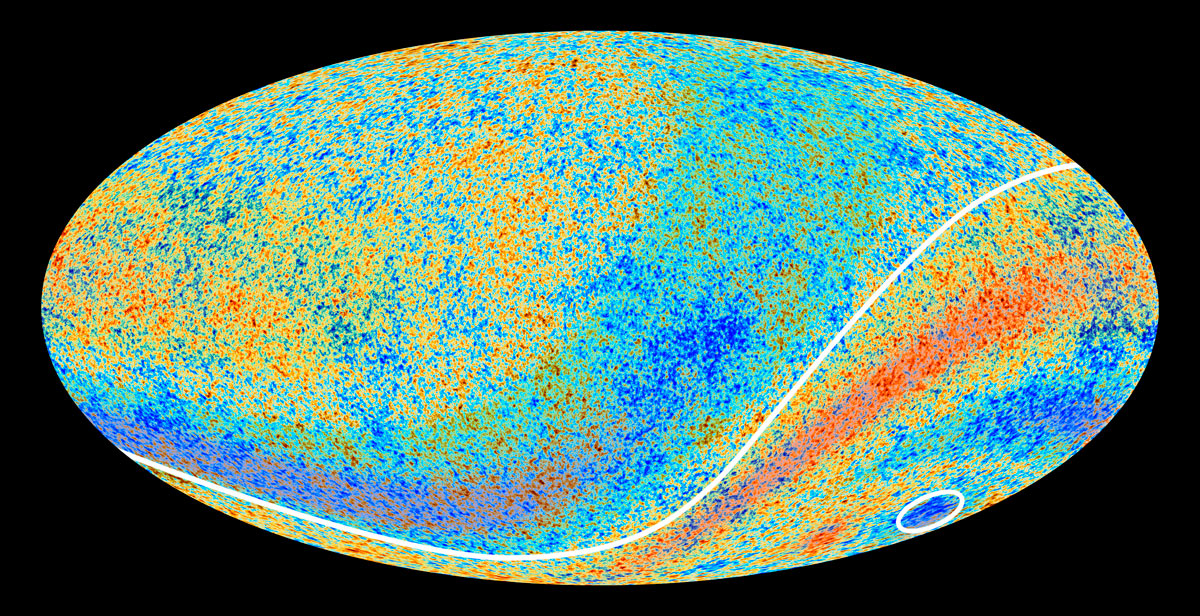Planck Further Refines Our Understanding of the Cosmos
Earlier this month the analysis from the ESA’s Planck satellite surfaced, the details of which will keep cosmologists busy for years to come. Among the more mundane:
The age of the cosmos was revised upward to 13.8 billion years (now older by about 100 million years). Age of the universe is a function of the cosmic microwave background radiation (CMBR) leftover from the Big Bang and the calculated expansion rate of space.
Also updated is the Hubble constant, which is the numerical value of the redshifting of planetary bodies.
“Those who have been following cosmology research for a long time will recall that the cosmic expansion rate was once the subject of heated, intensely personal disputes; the two sides disagreed by a factor of two. Now we know the answer (67.15 kilometers/second/megaparsec, in case you are counting) to within 2 percent.”
The amount of dark matter and dark energy blanketing the universe were also further refined.
“…Planck shows that the universe contains both more ordinary visible matter (4.9 percent of the total mass) and more dark matter (26.8 percent) than previously estimated. The loser in the new cosmic census is dark energy, now estimated at 68.3 percent, down from 73.8 percent in the earlier estimate.”
Yet the most surprising discovery was that the universe is not uniform, but lopsided, both in its expansion and in temperature distribution. These abnorms are not currently accounted for under the existing model.
“The cosmic microwave background is distinctly stronger in one half of the sky than in the other. There is also a large “cold” spot where the effective temperature of the microwaves is below average. Current theory cannot account for either of these features. They are brand new mysteries to be solved.”
As always, malleability provides the jet fuel for science. New discoveries open up fresh questions to explore.
For up to the minute Planck developments, follow the official NASA page here, and expect some intriguing, in-depth analysis by Sean Carroll and others in the coming months.
External link: Four Surprises in Planck’s New Map of the Cosmos
Feature image via understandingtheuniverse.tumblr.com



Comments